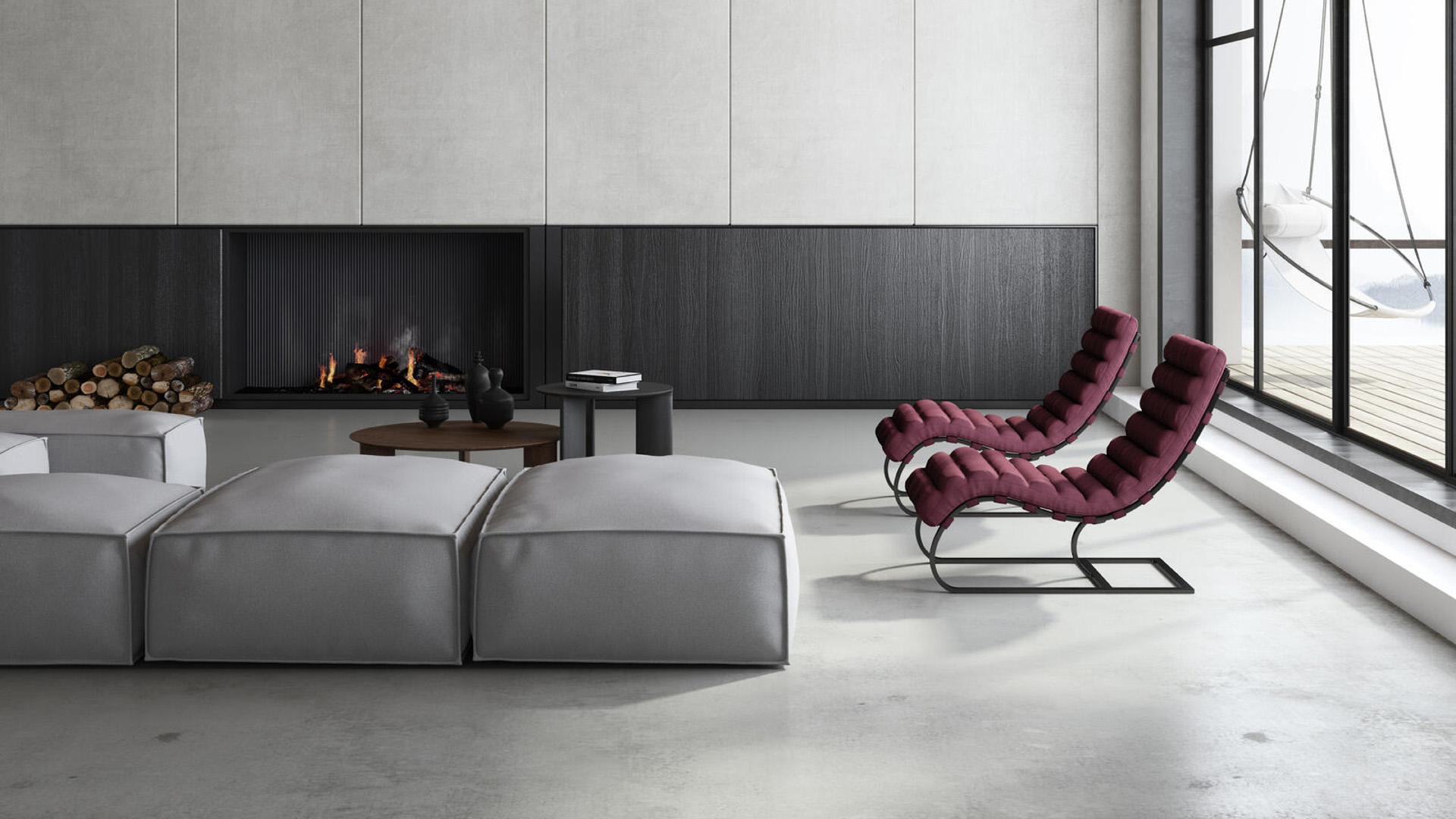
A revolutionary library: Twinbru's treasure trove of digital twins
Published by Admin on
Apr 4, 2022 9:26:00 AM
Explore the remarkable creation of Twinbru’s library of fabric digital twins and its benefits for the fabric industry and digital designers.
Think about how much information you have access to right now. We have traditional media bringing us news and entertainment but we also have the internet and social media where information travels quickly and is easily gathered with a few clicks. It’s not just the rapid evolution of technology that defines this modern era, it’s also our unprecedented access to information.
The first library in the world was established in the 7th century B.C. and it contained 30,000 tablets organised by subject matter. Today, libraries are still valued as organised repositories of data, whether it’s books or unique items, and more libraries are offering digital options.
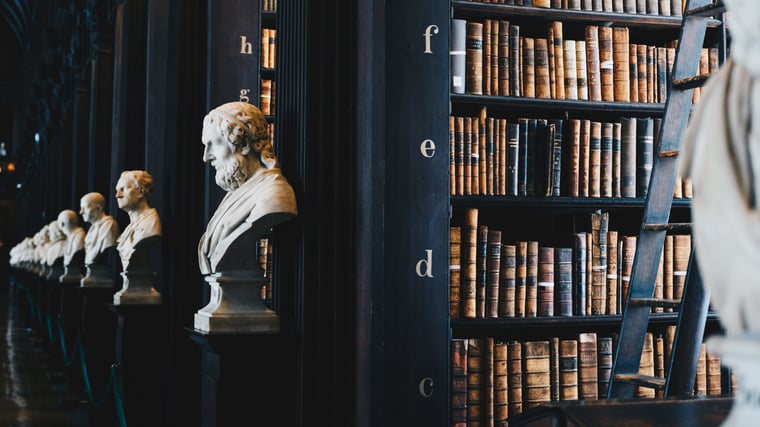 Considering the entire collection of fabrics at Bru Textiles is around 21,000 SKUs, it made sense to create an organised and detailed library when Twinbru began the process of creating digital twins of these market-ready physical fabrics. Let’s explore the potential of this library where the textile industry is adopting more digital solutions.
Considering the entire collection of fabrics at Bru Textiles is around 21,000 SKUs, it made sense to create an organised and detailed library when Twinbru began the process of creating digital twins of these market-ready physical fabrics. Let’s explore the potential of this library where the textile industry is adopting more digital solutions.
Big collection, big challenge
Bru has been in the fabric business for almost 30 years. Over time, the company built a large portfolio of collections and designs with a wide variety of colours and textures. It is a point of pride that the Bru collection of fabrics caters to all tastes and design styles and that the products are so well-loved that many collections are active in the market for 7-10 years or more. But, this huge collection of fabrics means a huge collection of samples.
As sustainability is a top priority and an easier way to make samples accessible to our valued clients is necessary, Twinbru is the solution to the challenge of cataloguing and organising fabric collections. Creating digital twins of the physical fabric collections means less fabric goes to waste and samples can be enjoyed with the true characteristics of the fabric on display, including the colour and texture, in lifelike quality.
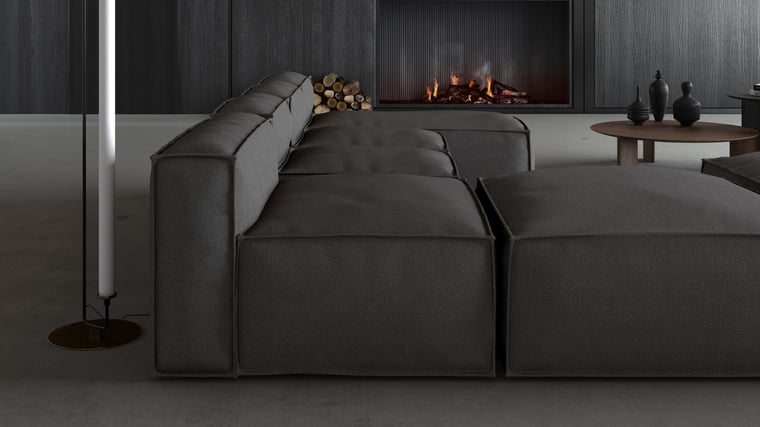
This is how we do it…
To date, Twinbru has created digital twins of 12,000 physical fabrics. To reach this point took three years and it is an ongoing process, with all new collections launched each year being added to the ever-growing digital library. So, how does this system work?
First, the new fabrics are approved for production by the product development department. The mill then creates sampling metres of the new fabrics that make their way to Bru headquarters. Each of these sampling metres become masters, smaller samples and some are sent to Twinbru to be scanned.
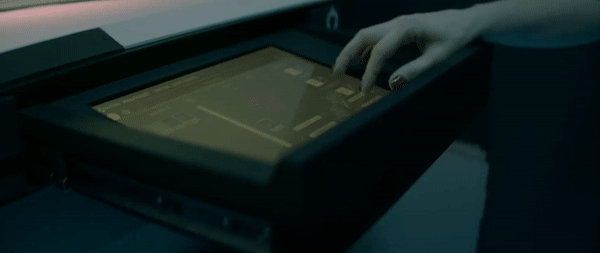 The fabric is scanned using high-resolution scanners and go through post-production to ensure the digital twin is an exact visual representation of the physical fabric. The digital twins are uploaded to Twinbru’s Digital Asset Pipeline (DAP) and quality control renders are created. This final digital texture goes back to where the journey starts - the product development department - who also do a round of quality control on the digital twin. Once they give their approval, all the standard renders of the digital fabric twin are created and released. These digital assets are deployed to the Twinbru Portal as well as Swatchbook. They are also converted, packaged and delivered to our partner digital visualisation platforms as well as libraries such as Chaos Cosmos.
The fabric is scanned using high-resolution scanners and go through post-production to ensure the digital twin is an exact visual representation of the physical fabric. The digital twins are uploaded to Twinbru’s Digital Asset Pipeline (DAP) and quality control renders are created. This final digital texture goes back to where the journey starts - the product development department - who also do a round of quality control on the digital twin. Once they give their approval, all the standard renders of the digital fabric twin are created and released. These digital assets are deployed to the Twinbru Portal as well as Swatchbook. They are also converted, packaged and delivered to our partner digital visualisation platforms as well as libraries such as Chaos Cosmos.
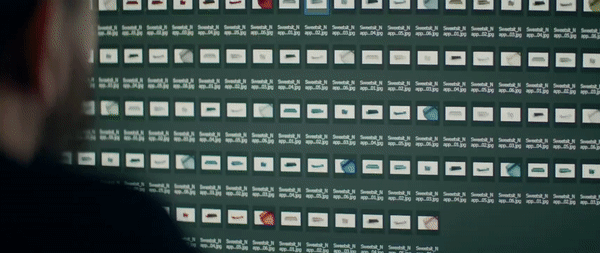
A digital twin library with a difference
What makes Twinbru’s digital library so incredible is that each digital twin is catalogued with a large variety of scenes where all the fabric’s possible applications are visualised. Twinbru currently creates about 30 scenes and render each of these scenes from three different perspectives, resulting in around 110 images generated to illustrate how one specific fabric looks in different circumstances.
These scenes vary from standard setups to illustrate the exact look of the fabric to scenes showing the dimensions of the patterns, transparency and translucency of the fabric along with applications of the fabric on furniture and accessories. Among the most popular digital twin content is the variety of curtain installation styles. Being able to do this for every colour of a vast fabric collection means we can close the imagination gap by showing exactly how a fabric would look in a variety of interior designs.
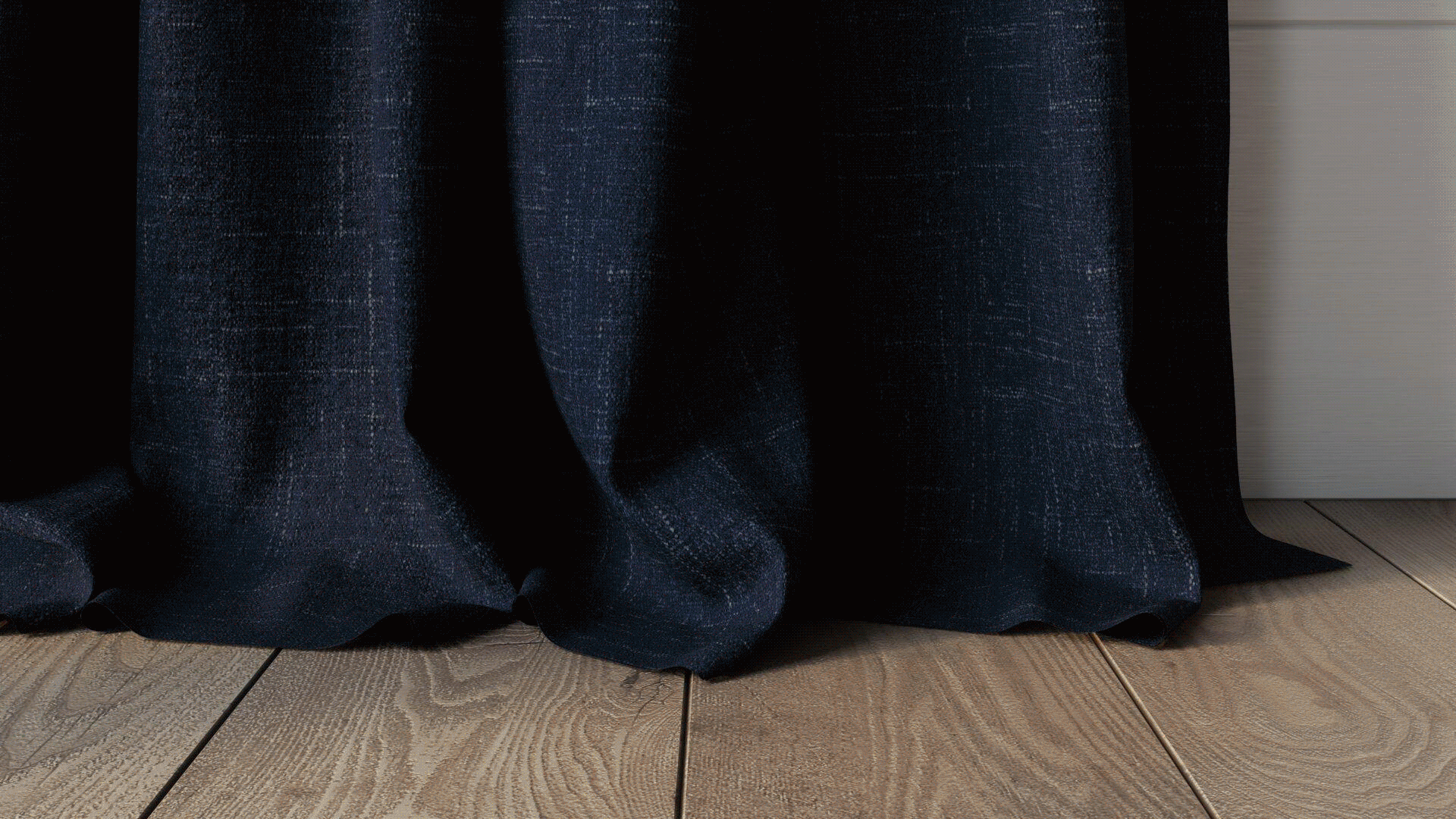
Content for 3D designers
Twinbru distributes some of its library of fabric digital twins on the world’s leading visualisation platforms. 3D designers can access the content in appropriate file formats and enjoy our high-quality digital twins, ready to be applied to their specific design project. Our list of partners is growing so, join our mailing list and be the first to know of exciting developments in our digital twin library growth and distribution. Visit our Partnerships page to learn more.
If you’d like to get a peek into this remarkable library of digital twins, explore our Pinterest boards where you can see some of the thousands of visualisations Twinbru has produced in the mission to set the standard in digital fabrics.